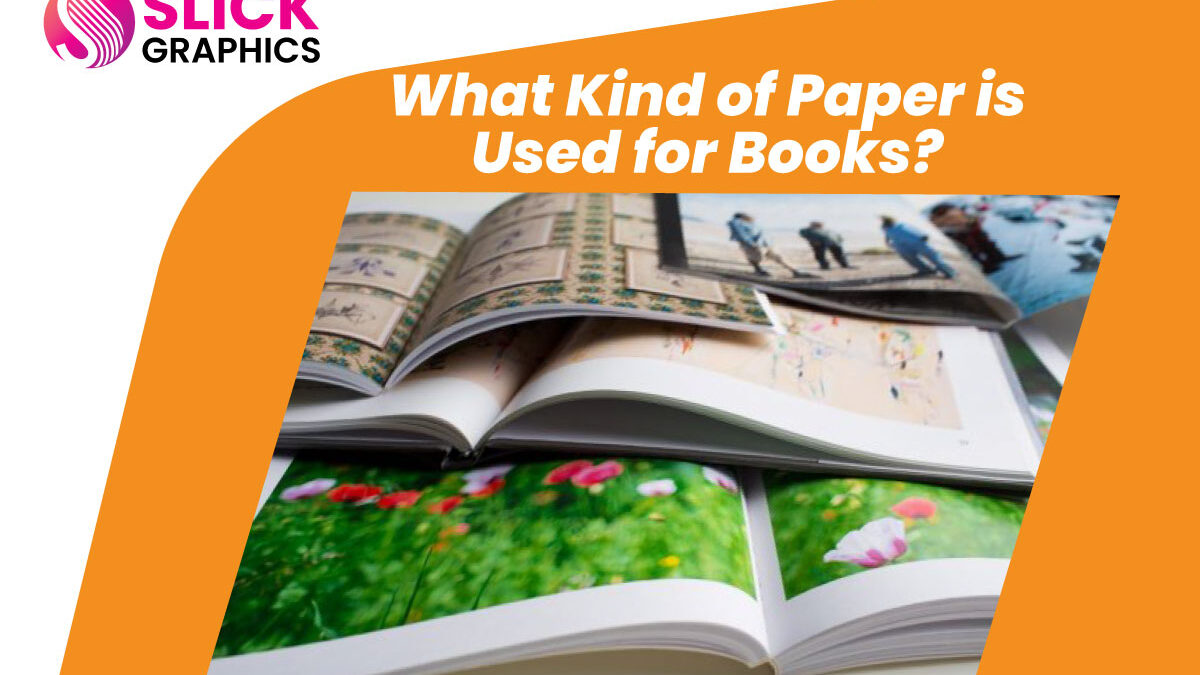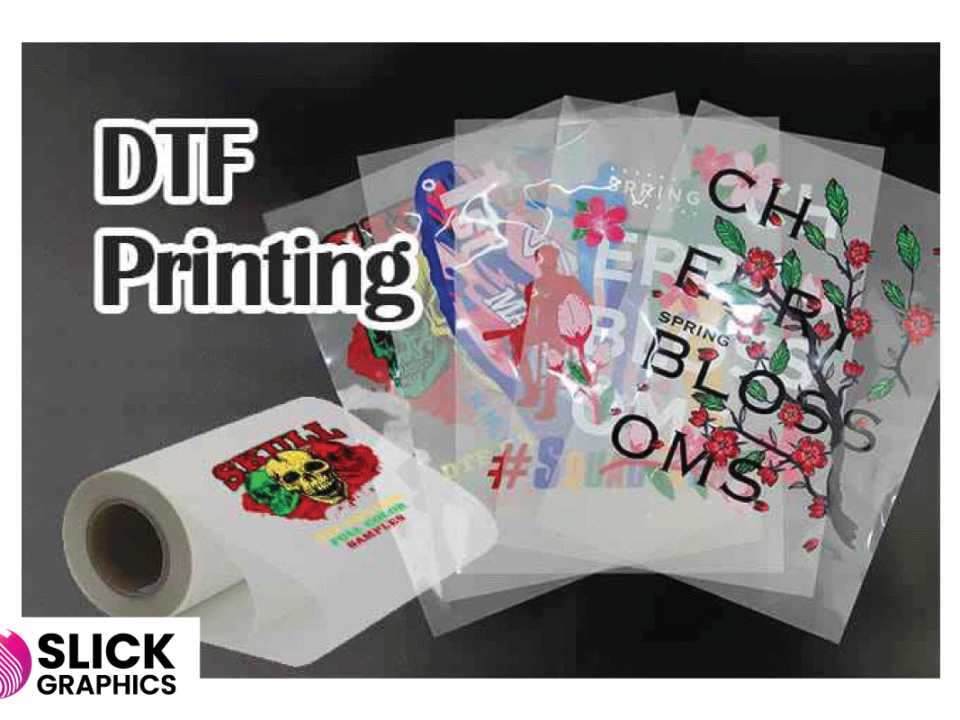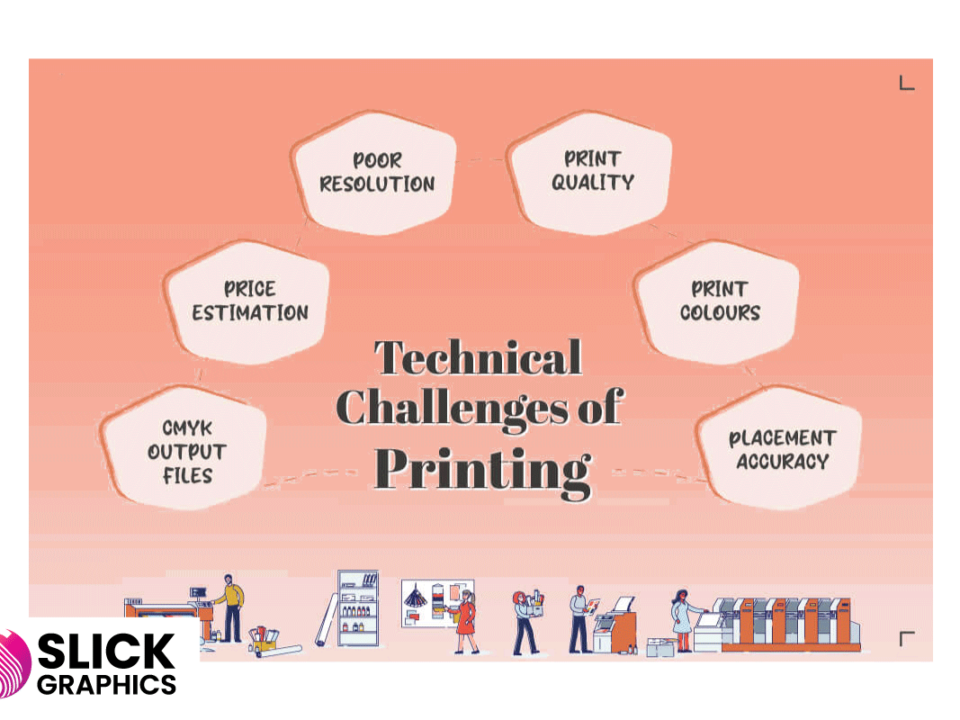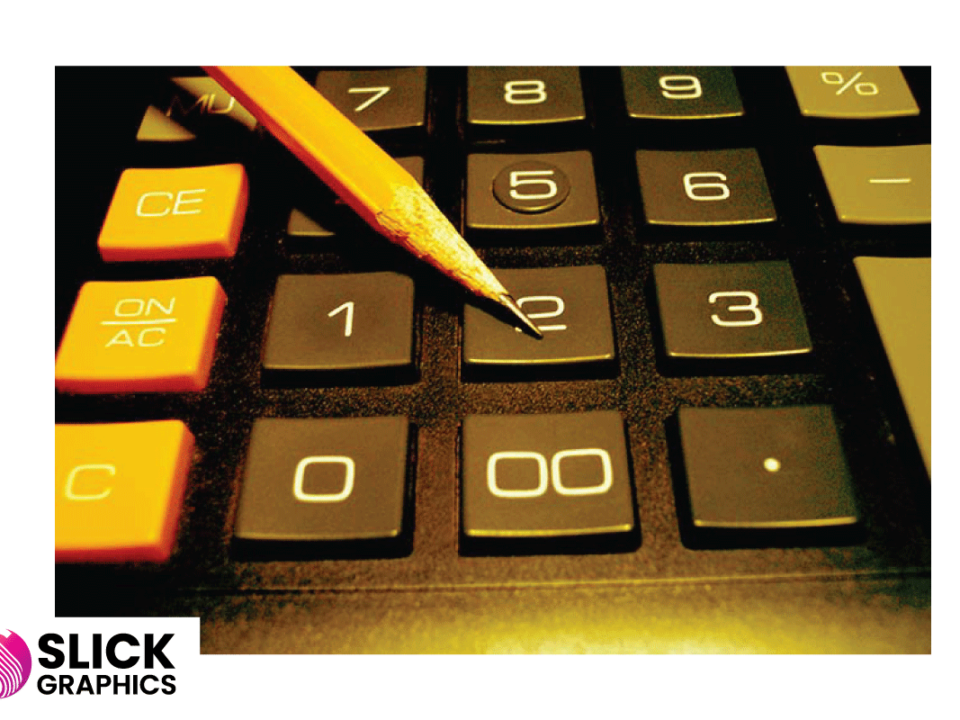What Kind of Paper is Used for Books?
What Kind of Paper is Used for Books?
When it comes to producing books, choosing the right type of paper is essential for both the reader’s experience and the book’s durability. Different types of paper can affect the texture, weight, print quality, and overall feel of the book. Here’s a breakdown of the common paper types used for books, their characteristics, and when each is typically preferred.
1. Uncoated Paper
Uncoated paper is the most common type used for book interiors. As the name suggests, this paper lacks a coating, giving it a more natural, textured feel. It’s often found in novels, textbooks, and non-fiction works. Uncoated paper absorbs ink more readily than coated papers, which can make text appear softer and easier on the eyes, especially for long reading sessions.
- Weight: Usually ranges between 50 gsm (grams per square meter) to 90 gsm.
- Best For: Novels, educational books, and non-fiction works.
- Advantages: Easy to read; less glare; absorbs ink well.
- Disadvantages: Less vibrant color printing; can show more wear over time.
2. Coated Paper
Coated paper is smoother and has a coating on one or both sides. The coating can give the paper a glossy or matte finish, allowing for more vibrant and sharp printing, especially for images. This type of paper is often used for books that require high-quality images, such as art books, photography collections, and cookbooks.
- Weight: Typically ranges from 90 gsm to 150 gsm.
- Best For: Photography books, cookbooks, art books, or any books with lots of images or color.
- Advantages: Sharp images, vibrant colors, durable.
- Disadvantages: Glossy finishes can cause glare; not as comfortable for long reading sessions.
3. Bond Paper
Bond paper is a durable and high-quality paper that is often used for official documents, but it can also be found in special edition books, letterpress, or luxury publications. It has a smooth, professional feel and is highly durable.
- Weight: Ranges from 60 gsm to 120 gsm.
- Best For: Special edition books, premium publications.
- Advantages: High-quality feel, durable.
- Disadvantages: More expensive than other paper types.
4. Cream-Woven Paper
Cream-woven paper is frequently used in novels and paperbacks. Its warm, off-white color reduces the strain on the reader’s eyes, making it a favorite for books with a lot of text. It also gives books a traditional, classic look.
- Weight: Around 70 gsm to 100 gsm.
- Best For: Novels, paperbacks, literary books.
- Advantages: Gentle on the eyes, classic appearance.
- Disadvantages: Limited color accuracy for images.
5. Newsprint Paper
As the name suggests, newsprint paper is often used for newspapers and inexpensive paperback books or mass-market books. It’s a lightweight, thin paper that is more affordable but less durable. Over time, it tends to yellow and become brittle.
- Weight: Usually around 30 gsm to 50 gsm.
- Best For: Newspapers, mass-market paperbacks.
- Advantages: Low cost, lightweight.
- Disadvantages: Yellows over time, not as durable.
6. Recycled Paper
With the increasing demand for eco-friendly options, recycled paper is becoming more common in book production. This type of paper is made from post-consumer waste and can be either uncoated or coated, depending on the needs of the publisher. It’s a sustainable choice and can range in quality depending on the production process.
- Weight: Varies, similar to uncoated or coated papers.
- Best For: Environmentally conscious publications, novels, journals.
- Advantages: Eco-friendly, available in various weights and finishes.
- Disadvantages: Can be more expensive; the quality may vary.
7. Glossy Paper
Glossy paper is highly reflective, making it ideal for printing books with lots of vibrant images, such as magazines, catalogs, or picture books. It enhances color saturation and image sharpness, creating a polished look.
- Weight: Typically ranges from 100 gsm to 150 gsm.
- Best For: Picture books, coffee table books, art books, catalogs.
- Advantages: Excellent for images and photographs, vibrant colors.
- Disadvantages: Reflective surface can make reading text difficult under bright light.
8. Matte Paper
Matte paper, like glossy paper, has a coating, but it offers a non-reflective finish. It is preferred for books that need a more professional and muted appearance while still showcasing high-quality images. This paper balances readability and image clarity without the glare of glossy paper.
- Weight: Ranges from 90 gsm to 150 gsm.
- Best For: Art books, design books, high-end catalogs.
- Advantages: No glare, good image quality, professional look.
- Disadvantages: Less vibrant than glossy paper.
Final Thoughts
The type of paper chosen for a book can significantly impact its appearance, feel, and purpose. Whether you’re printing a novel, photography book, or academic text, selecting the right paper ensures the best experience for readers. When considering the paper for a project, it’s essential to balance quality, cost, and the type of content you’re publishing to make the right decision.



